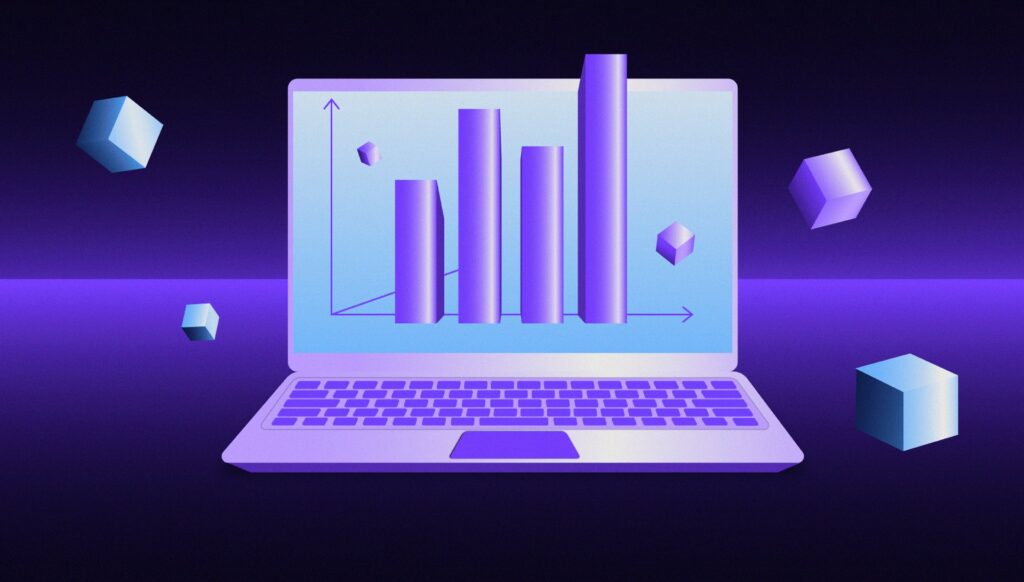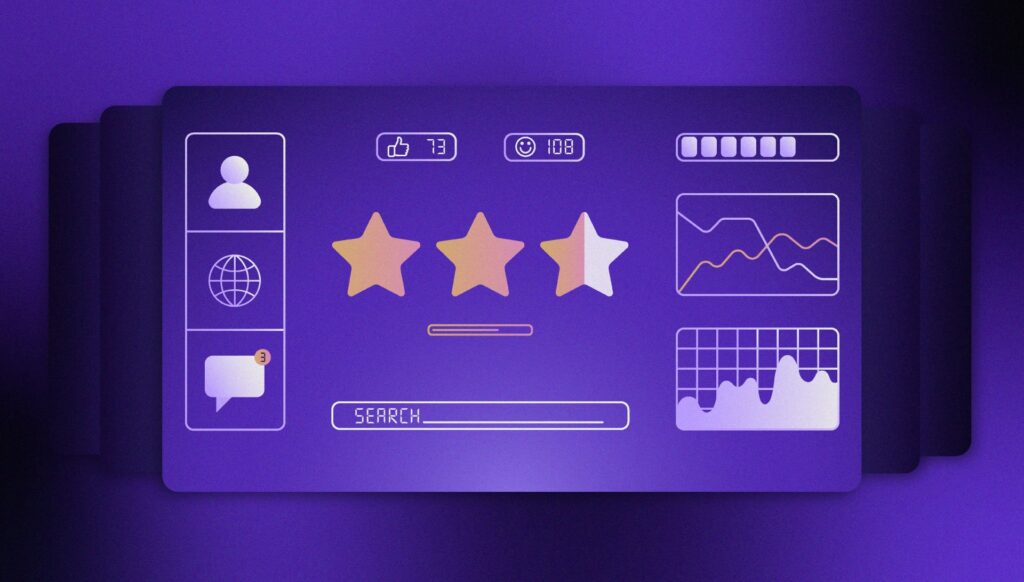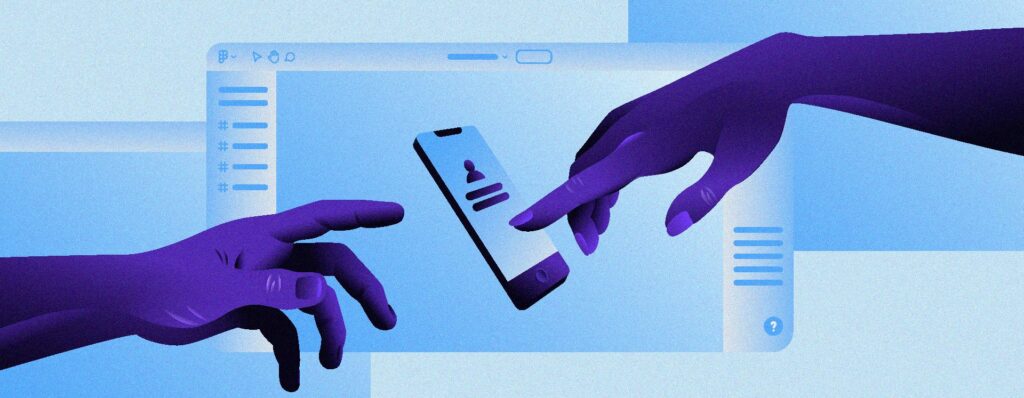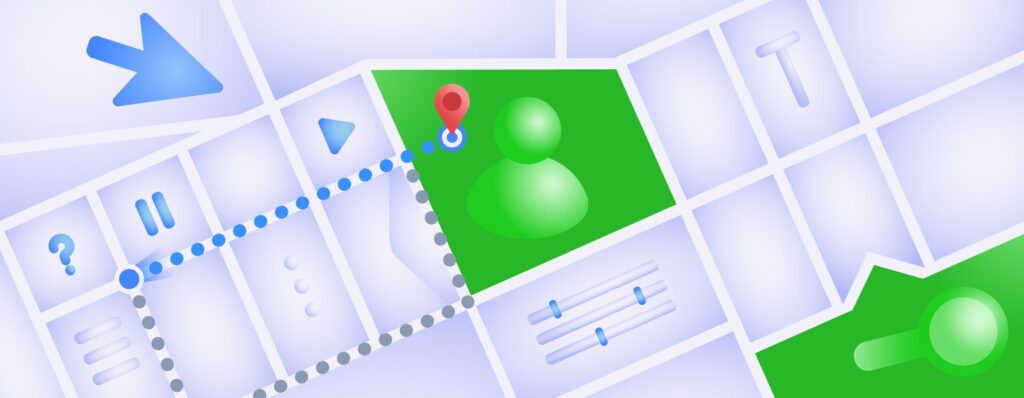The five design sprint phases for start-ups
Design Sprints are a win-win for start-ups, producing a scaled-down testable product or feature and providing a start-up with valuable, actionable testing data. Imagine building a finished product only to then find out that your target audience didn’t engage with it. You find that not only have you stretched your budget too far, but you can’t afford to make the necessary amendments to the product either.
Working with a Design Sprint agency will help you avoid getting into these sticky situations! It’ll allow you to build your prototype, test it, then launch it into the market without wasting big sums of money.
Design Sprints comprise five phases: Empathize, Define, Ideate, Prototype, and Test. But first, let’s touch on who the people and roles critical to the success of the Design Sprint.
Design Sprints: The main players
Facilitator
The person most central to the success of a Design Sprint, the facilitator is responsible for fostering collaboration among participants, staying on track, and encouraging creativity. A facilitator should aim to be a good listener and have an open mind when it comes to new ideas. Instead of overpowering the group, they focus on guiding them to make strategic and efficient decisions. They encourage everyone in the team to participate and create an open and thriving work environment.
Wisely, many companies choose to hire a facilitator instead of choosing an in-house one to lead a Design Sprint. This is because being a facilitator requires experience and a particular set of skills. Facilitators are not only responsible for ensuring all the pre-sprint work is done on time, but also have duties after the Sprint has been done. They need to make sure to team keeps up with the 5-day sprint process efficiently and doesn’t fall behind.
Designer
The presence of a designer in a Design Sprint makes sure that a designer’s perspective is considered. In the early stages of a Design Sprint, a designer will bring an understanding of aesthetics and usability to the process, while their skills are crucial to the prototyping stages as well. The success of a sprint will hinge on their input.
Engineer
An engineer will help the team articulate the reality of the type of product they’re seeking to develop. Most prototypes need a certain level of engineering talent to bring into being, and an engineer is best placed to do that.
Marketer
Having a marketing executive on a Design Sprint team means they’ll be passing on all their marketing knowledge onto you. This can be of help when creating sales strategies later on. A marketer will also provide you with the right words to describe the products with. After all, they’re the first thing potential customers will interact with, so they’ve got to be engaging. A marketeer is the best person to help you do that.
Product chief
A product chief can be the owner, CEO, or Vice President of product. However, product chiefs in Design Sprint teams can also be heads of customer service or lead engineers: there is no black and white rule to it. Simply put, the product chief will be the person who has the most tangible exposure to the product issue you’re solving. Their opinion can make or break the success of the Sprint.
The Five Phases
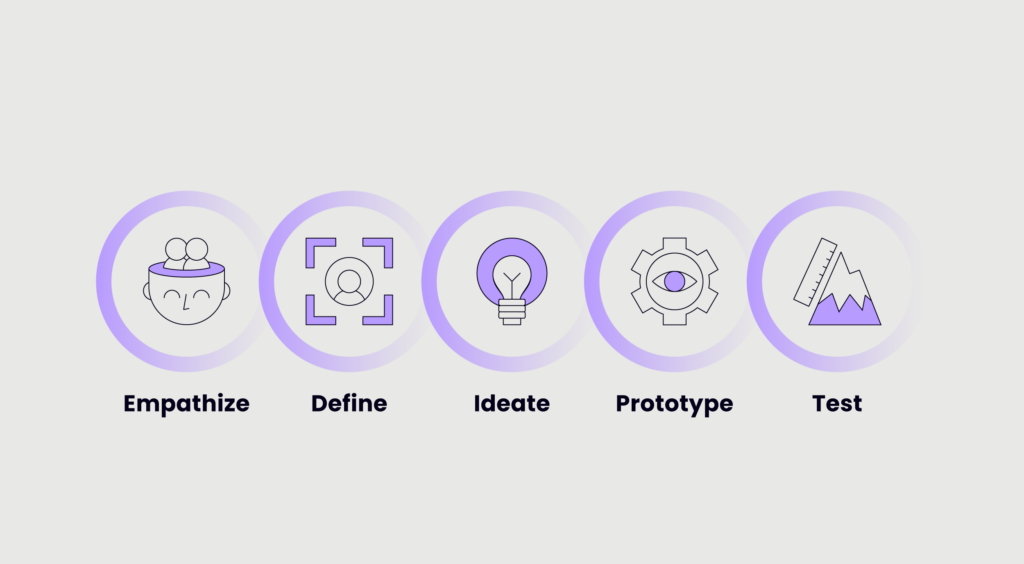
The Design Sprint process is divided into five phases.
Empathize
Empathy is the ability to put yourself in another person’s shoes and really understand what they’re feeling or experiencing. It might sound intangible and maybe even not so important, but empathy is the fundamental stage of a Design Sprint. You will not build a successful product without it.
In the Empathize stage, you build understanding of your customers’ needs and challenges and where you can make improvements. The facilitator may conduct empathy-building activities, such as Proto Personas, Empathy Map, and Journey Map.
In this phase, the team comes together to understand the business problem from various angles and contribute their knowledge and ideas in 10-15 minute sessions and discuss different aspects of the business problem. The Sprint Master displays all the ideas on a whiteboard, which the rest of the team can use as a reference throughout the Sprint.
Define
Building on the learnings from the Empathize phase, in the Define phase the team works to define outcomes and solutions the problem at hand. The team will organize unstructured information into well-defined maps. Useful templates in this phase include the Business Model Canvas and the Value Proposition Canvas.
Ideate
During this phase of the Design Sprint process, the ideas that need to be prototyped are generated. Sketching is a common activity, where participants draw out their visions in a rough format. It’s important for team members to have enough time to create well-articulated sketches that can speak for themselves without requiring much explanation. At the end of the day, your team should be able to create a step-by-step storyboard for your final prototype.
The key is to have an open mind to addressing the problem and not be afraid to embrace ideas that are out of the box. Helpful activities in this phase include Lightning Talks and Affinity Mapping.
Prototype
The prototype stage is where designers shine: they use their skills to whip up a testable prototype in a few hours. The preceding stages all inform the design of the prototype. Identify the testing schedule, review the prototype and complete the interview script for the last phase.
Test
During this phase, the team guides users through the prototype product to generate useful data. Focus on how the product meets the users’ goals here, instead of leading them. Asking the right questions is also important and so is being a good listener. Ask your users what they really expect from your product and how you can capture their needs. You can structure and organize user responses via Excel.
In most of the product teams, the UX designer or the researcher usually interacts with the users. In a Design Sprint, each team member gets a chance to be part of the validation session. This is key to capturing some of the learnings, putting different concepts to test using real-time user feedback.
Conclusion
Design Sprints are valuable to start-ups and have proven benefits. To get the most out of a Design Sprint, work with a company that understands the value of each contributor and sprint phase. Windmill Digital offers exceptional Design Sprint services. Our experts are have conducted more than 300 successful Design Sprints. For more information, contact us here.

